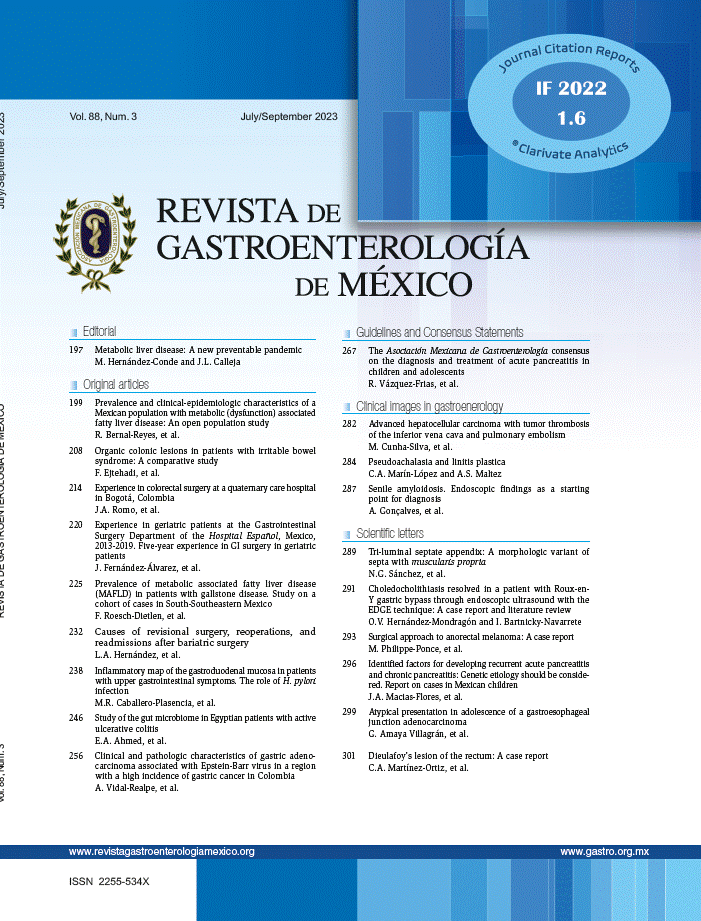A 78-year-old woman presented with 2 days of postprandial vomiting. Physical examination revealed normal vital signs and a non-tender abdomen. Computed tomography scans identified a 3 cm calcified mass embedded in the first portion of the duodenum, causing gastric outlet obstruction (Fig. 1). Upper endoscopy confirmed a large stone impacted in the duodenum (Fig. 2). Based on the diagnosis of Bouveret’s syndrome, the patient underwent open enterolithotomy, cholecystectomy, and cholecystoduodenal fistula repair. The postoperative course was uneventful. Bouveret’s syndrome, first described in 1896 by the French physician Leon Bouveret, is characterized by the presence of a large stone obliterating the duodenal lumen or pylorus due to the formation of a bilioenteric fistula. Attachment of the inflamed gallbladder to the gastrointestinal tract, followed by an ischemic rupture and mechanical stress from gallstones, may cause the fistula. Although endoscopic electrohydraulic lithotripsy has been used worldwide, most cases require surgical intervention. The present case highlights the importance of early recognition of Bouveret’s syndrome to improve outcomes and reduce the associated high mortality.
The authors declare that no experiments were performed on humans or animals in this study. The authors have treated all patient data with confidentiality and anonymity. Informed consent was obtained from the patient.
Financial disclosureNo financial support was received in relation to this article.
The authors declare that there is no conflict of interest.







